Our three heroes’ general bonhomie brings us to Chapter 11, where the film fractures its narrative into three separate lives; I won’t reveal the nature of the break. I call it by its chapter listing on my family’s DVD copy of “Dil Chahta Hai,” a sequence my brother and I found so upsetting we skipped it every time we watched the movie. This, to our considerable grief, eventually rendered the disc unplayable.
The film’s best indicator of cool is its score. Akhtar had initially sought A. R. Rahman, but the job went to Shankar, Ehsaan, and Loy, a trio—hey!—of relatively new Hindi film composers. “Dil Chahta Hai” was their breakout hit, and they’ve been in constant demand ever since. The film’s title song backs the three friends as they drive to a post-graduation holiday in Goa, but none of them sing it. It’s a minimalist ode in the background that defines a mood—an ease, a comfort, an openness, jazzy, up for anything. Akash, Sameer, and Sid fish, ride motorcycles, snooze on a dock, try and fail to be pensive on a rented yacht, dine on fresh waterfront meals as they watch the sunset. They have nowhere to be, and where they are is just fine.
Perhaps the most arresting song in the film is “Koi Kahe, Kehta Rahe,” the instantly catchy dance anthem, sung by all three friends and their college classmates at their graduation party. Its propulsive, steady percussion provides priceless pep, pulling you into the narrative, your feet and fingers tapping automatically.
Even the three character-defining songs—one for each of the men—have unique feels and layers. “Kaisi Hai Yeh Rut” is an exploration of Sid’s interior, which he shares with no one, not even his friends. He sees the world through a filter, not the kind on Instagram, nor one that conceals or obscures. His view is magical. There is serenity and light and wonder. Sid doesn’t need food, drink, or a bed. He is powered only by art and love. “Jaane Kyun” is a conversation Akash has with Shalini, debating the nature of love and whether it is necessary. They go back and forth: Udit Narayan sings for Akash, and his cadence is cavalier, even flippant, whereas playback singer’s Alka Yagnik’s vocals for Shalini soar sweetly, more traditional in structure, gently arguing in defense of love.
In my movie-watching life, “Dil Chahta Hai” was the first time actors were changing costumes and locations not because they were vamping while hopping from a Dutch meadow to a Swiss hillside, but because their debate takes place over the course of many days, weeks, and months. Sameer goes on a journey in “Woh Ladki Hai Kahan,” a whimsical, kooky take on a proud Hindi cinema tradition: the meta song. While on a movie date pondering the location of the girl of his dreams, Sameer explores three distinct eras of Hindi films. First is the black and white cinema of the 1940s and ‘50s; both Sameer and his date are dressed as Nargis and Shammi Kapoor, draped in the beaded gowns and tuxedos common in films during and post-World War II. Next they travel to the 1960s and ‘70s, a sequence that ironically parodies Saif Ali Khan’s own mother, Sharmila Tagore, and the ever-dashing Rajesh Khanna, both box office superstars of the period. Everyone is bouncy, clad in bright colors, paisley, tinted sunglasses, plaid, cravats for the boys and headbands for the girls. The final section mocks the 1980s and ‘90s: Sameer and his date ape Anil Kapoor, who never failed to charm with the sweater tied round his neck, pompadour bouncing as he runs, and Sridevi, wrapped in chiffon saris, hair puffed to the skies, dancing on beautiful mountaintops.
You can view the original article HERE.

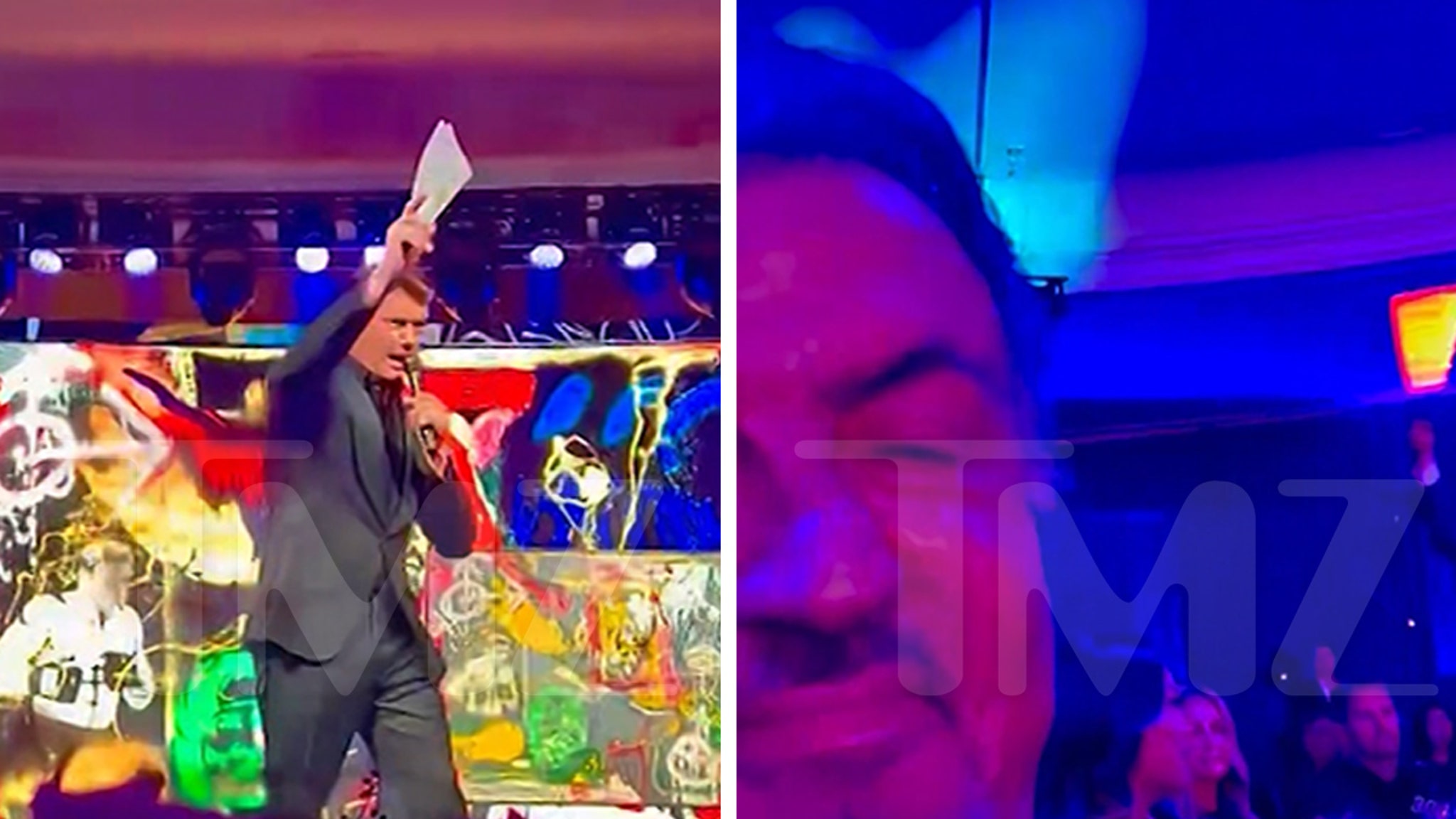



:quality(85):upscale()/2023/10/23/619/n/1922283/41d4a38765367aa91cbc18.43219011_.jpg)

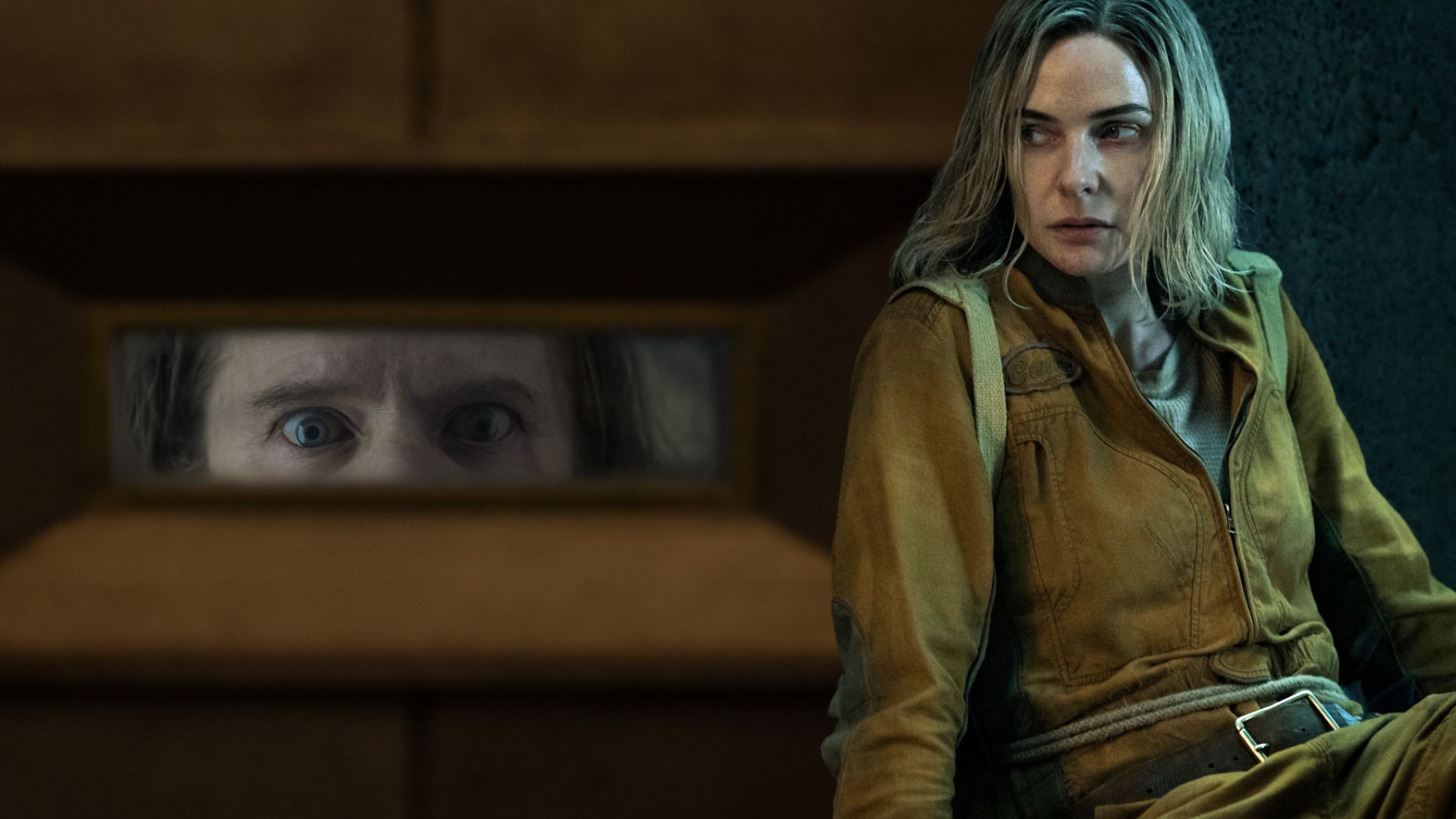

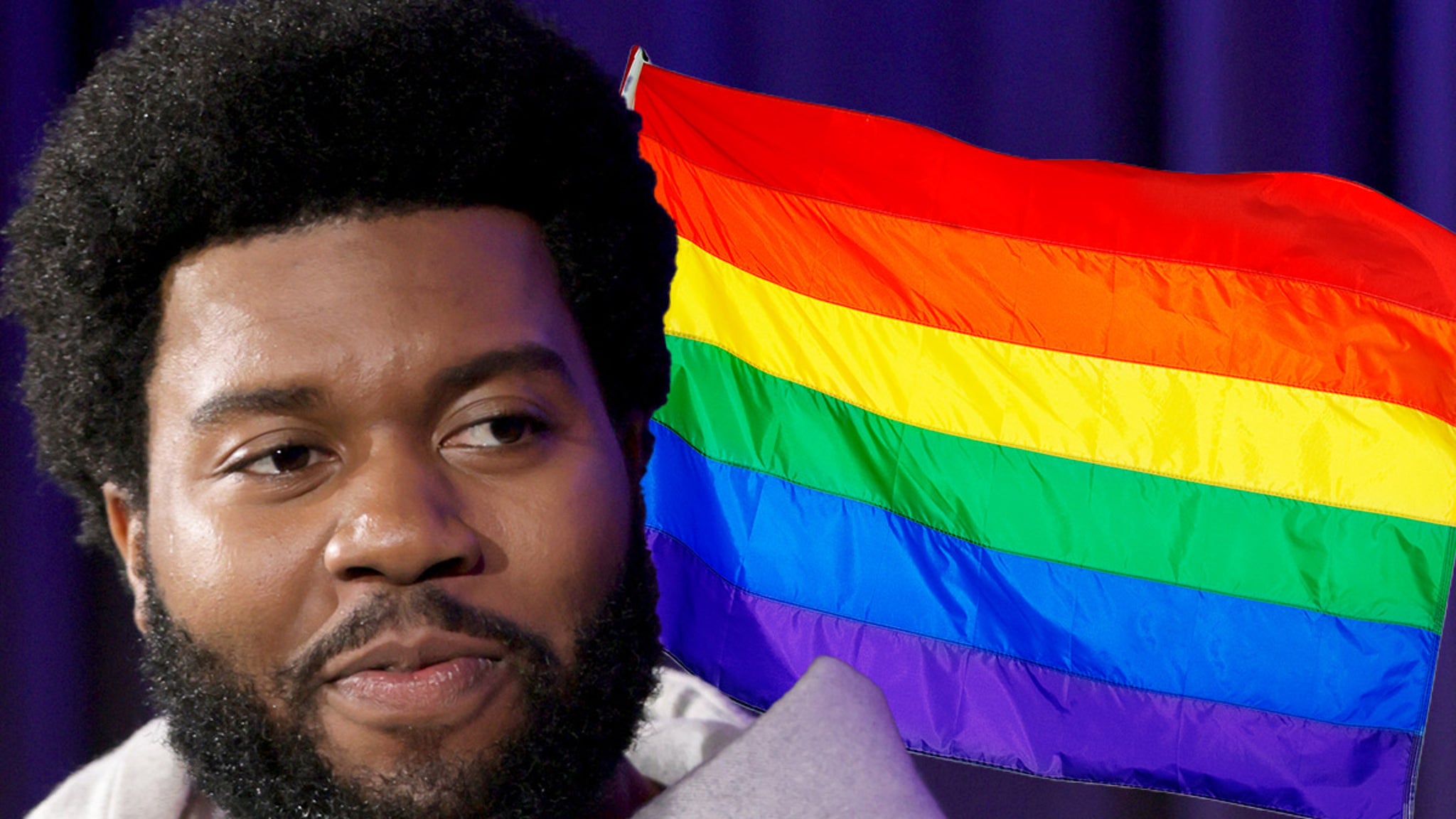
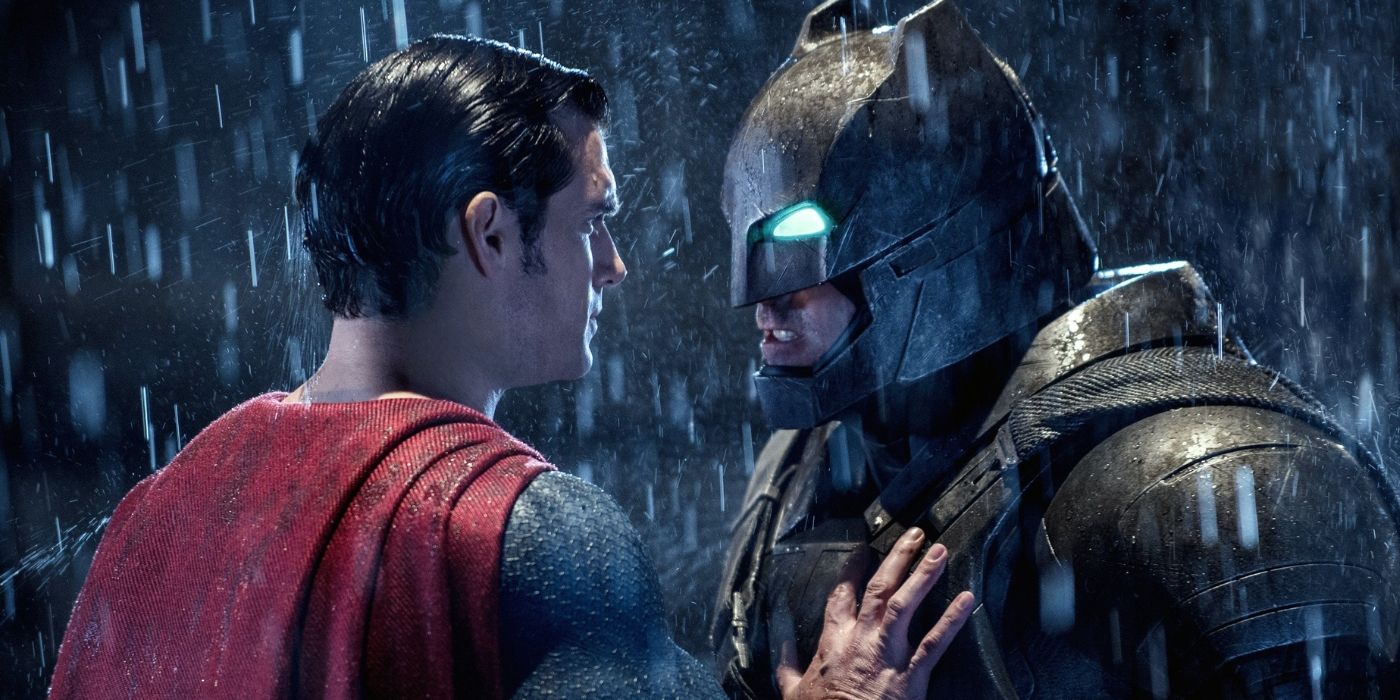


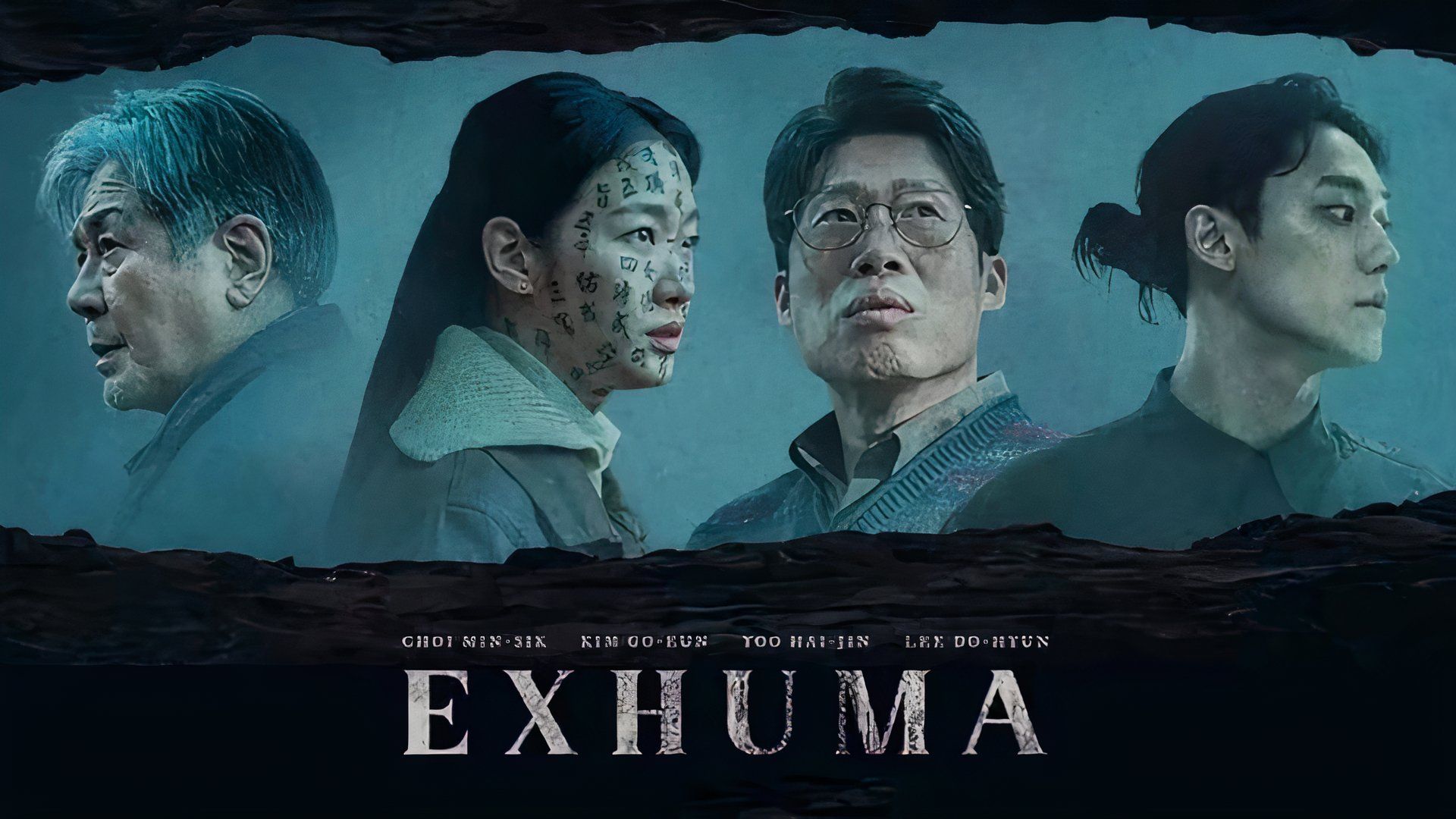

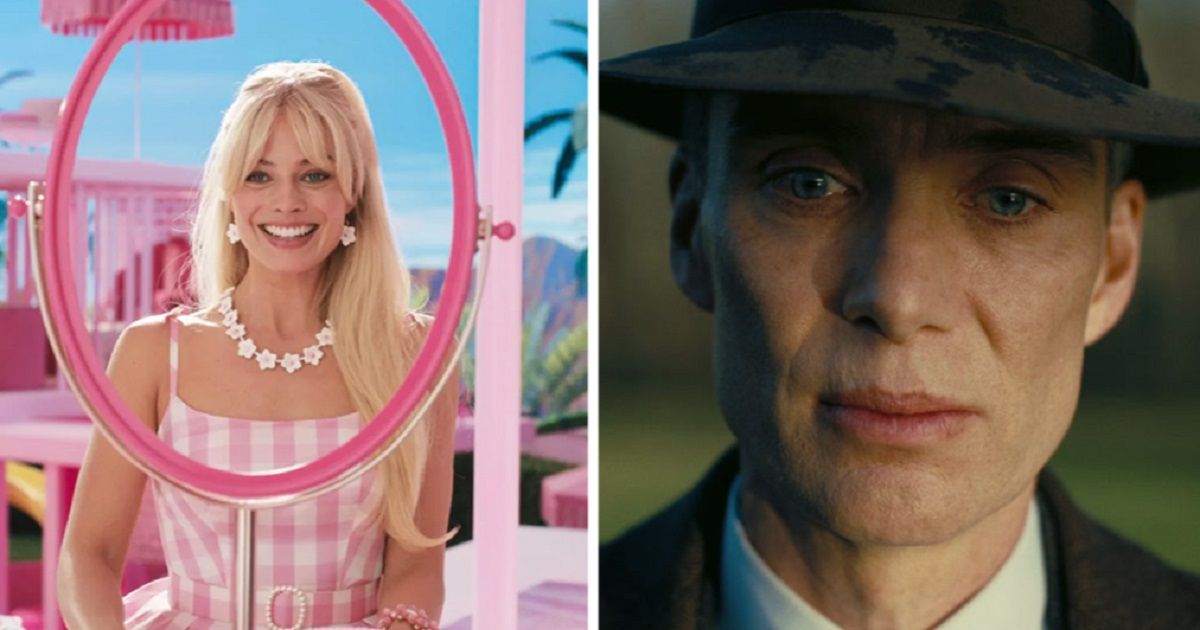








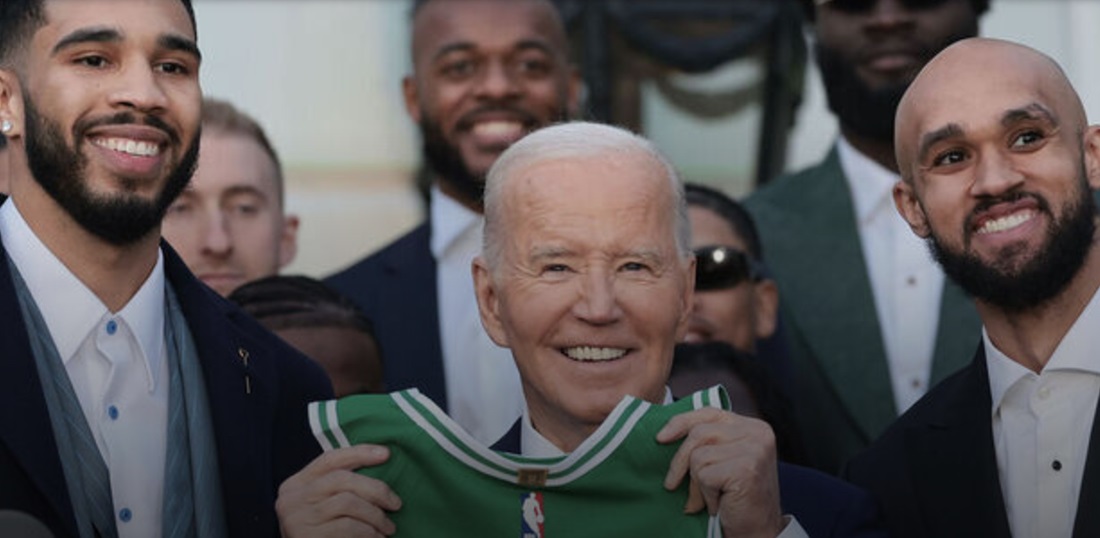



:quality(85):upscale()/2024/11/07/930/n/1922564/a2d3a981672d2eff2fa4b3.27830525_.png)

:quality(85):upscale()/2024/10/29/800/n/1922564/87311b9b67212573be36e4.40498817_.jpg)